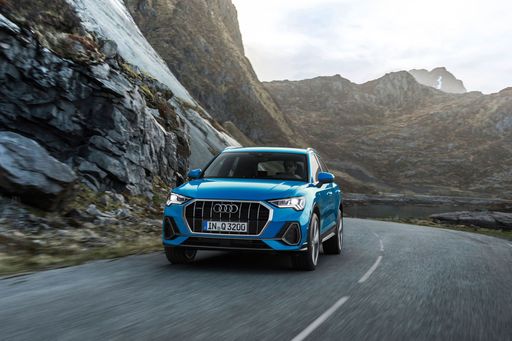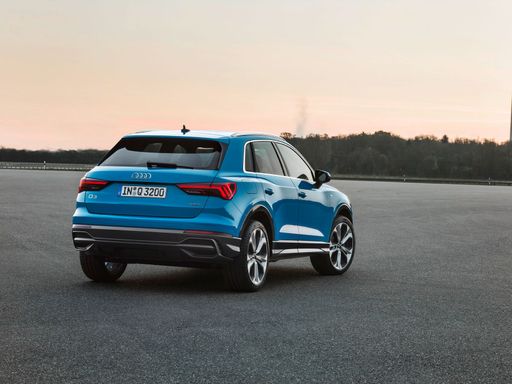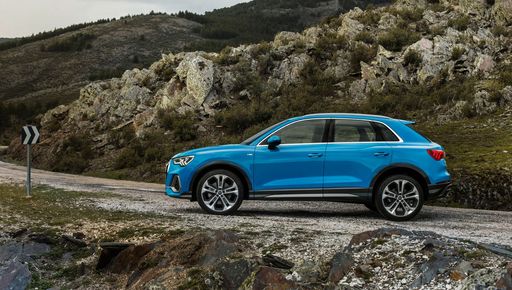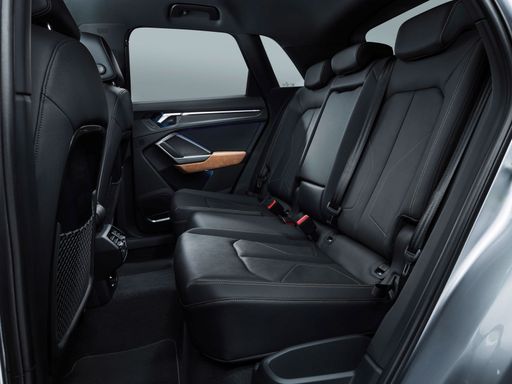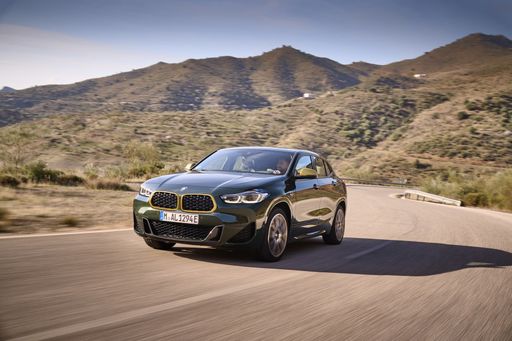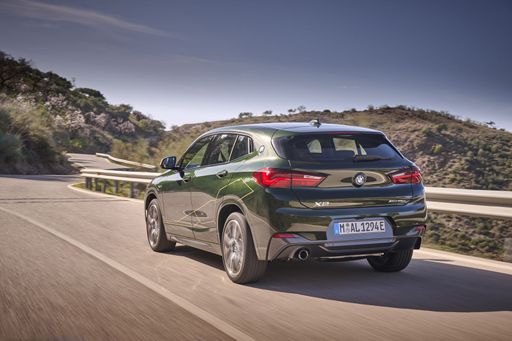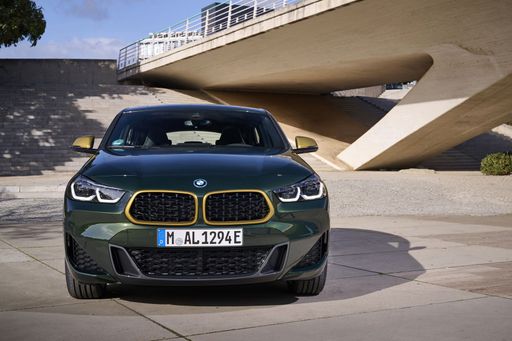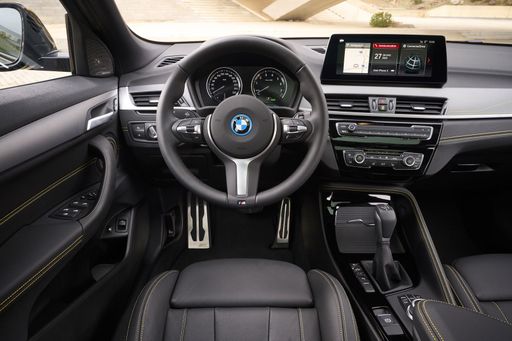Audi Q3 vs BMW X2: Battle of the Compact Luxury SUVs
The compact SUV segment has been a popular choice for drivers seeking a blend of practicality, luxury, and performance. In this competitive arena, two models stand out: the Audi Q3 and the BMW X2. Both vehicles offer a compelling mix of design, technology, and driving dynamics. Let’s dive into the technical aspects and innovations that define these two models to see which one edges ahead.

